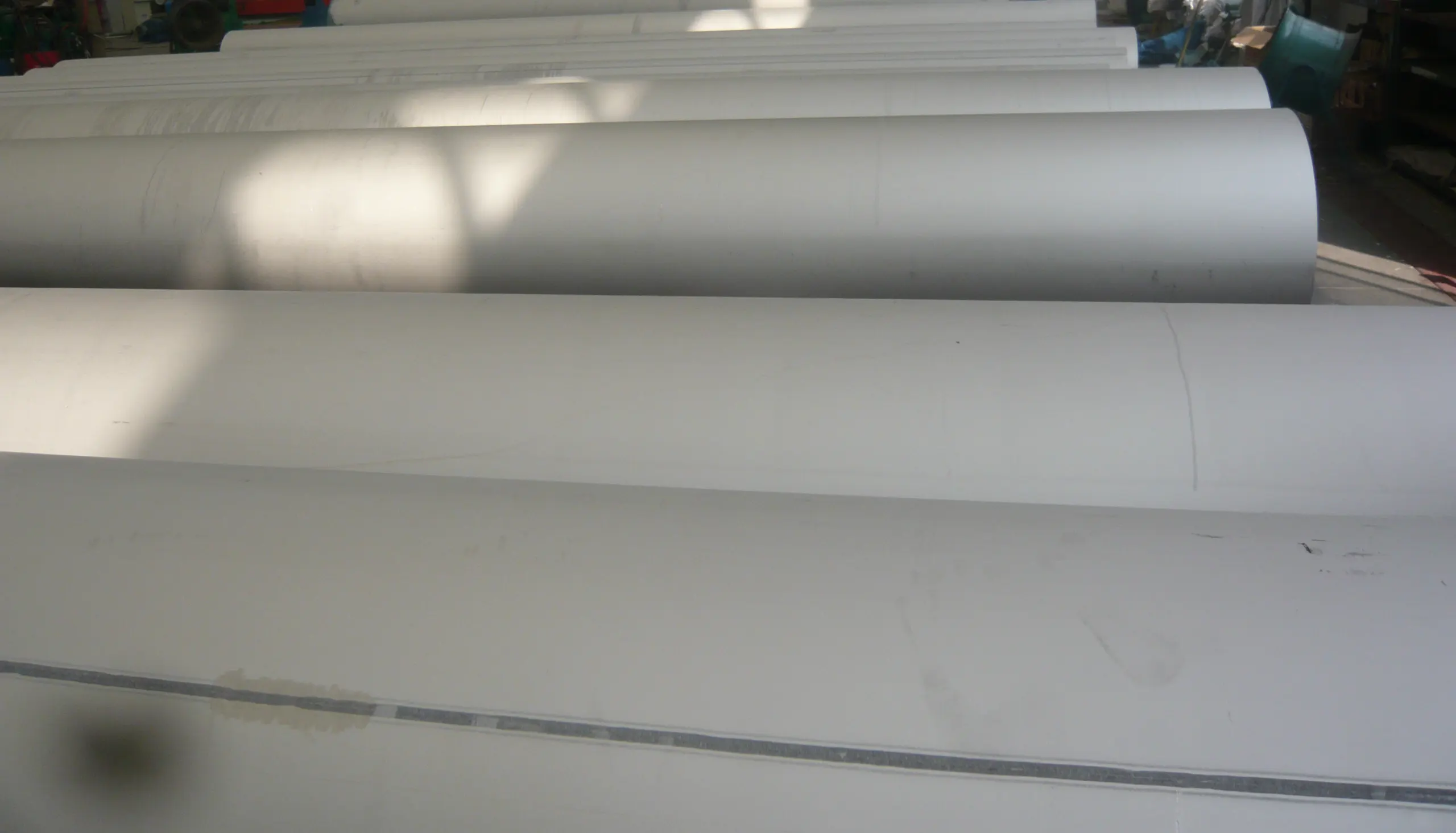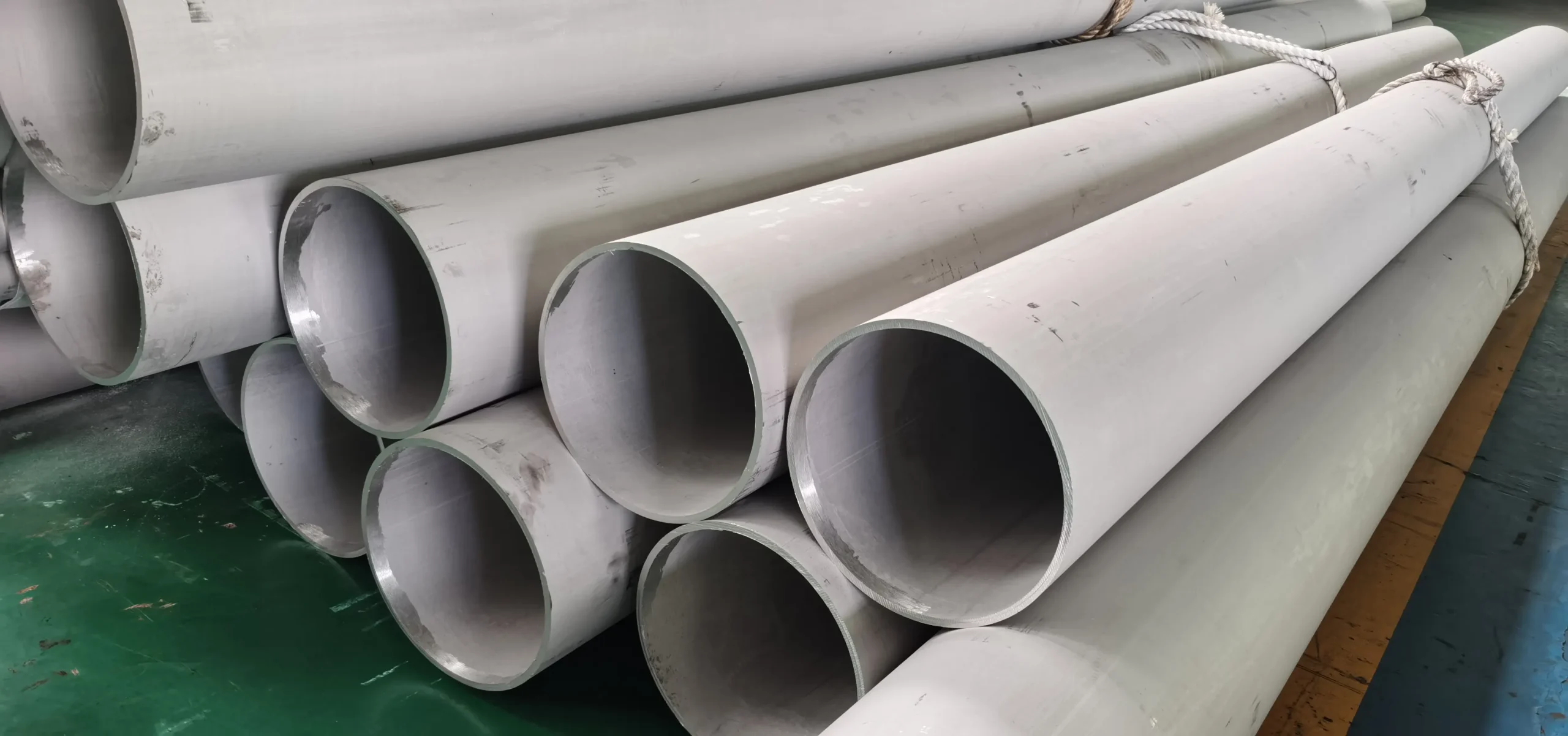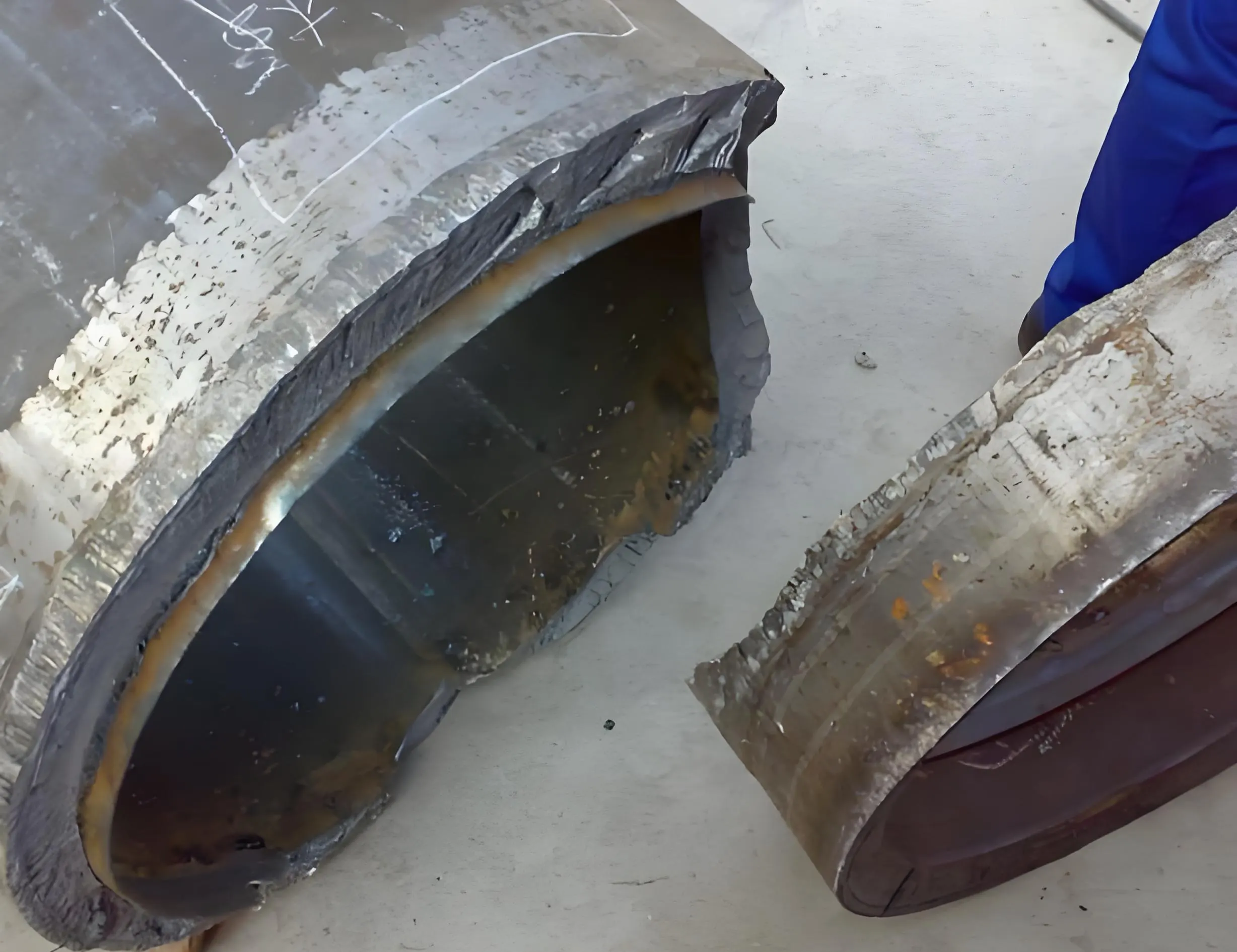Generally speaking, except for some alloys, the corrosion resistance of austenitic stainless steel is relatively excellent. In a low corrosive environment, ferritic stainless steel type can be used. In a slightly corrosive environment, if the material is required to have For high strength or high hardness, martensitic stainless steel and precipitation hardening stainless steel can be used.

According to the difference of metallographic structure, stainless steel type can be divided into the following types:
Austenitic stainless steel
The matrix is mainly stainless steel with face-centered cubic crystal structure (CY phase) austenitic, non-magnetic, and mainly strengthened by cold working (and may lead to certain magnetic properties). The American Iron and Steel Institute uses numbers in the 200 and 300 series, such as 304.
Ferritic stainless steel
The matrix is mainly a ferrite structure with body-centered cubic crystal structure ((a-phase), which is magnetic and generally cannot be hardened by heat treatment, but can be slightly strengthened by cold working. The American Iron and Steel Institute uses 430 and 446 as labels.
Martensitic stainless steel
The matrix is a stainless steel with martensite structure (body-centered cubic or cubic), which is magnetic, and its mechanical properties can be adjusted by heat treatment. The American Iron and Steel Institute is marked with 410, 420 and 440 numbers. Martensite has an austenite structure at high temperatures, and when cooled to room temperature at an appropriate rate, the austenite structure can be transformed into martensite (ie, hardened).
Austenitic-ferritic (duplex stainless steel)
The matrix has a two-phase structure of austenite and ferrite. The content of the lesser phase matrix is generally greater than 15%. It is a stainless steel that can be strengthened by cold working. 329 is a typical duplex stainless steel. Compared with austenitic stainless steel, dual-phase steel has higher strength, and has significantly improved resistance to intergranular corrosion, chloride stress corrosion and pitting corrosion.
Precipitation hardening stainless steel
A stainless steel whose matrix is austenite or martensite and can be hardened by precipitation hardening treatment. The American Iron and Steel Institute uses the 600 series of numbers, such as 630, or 17-4PH.
Posted by stainless steel pipe fittings supplier, KAYSUNS



